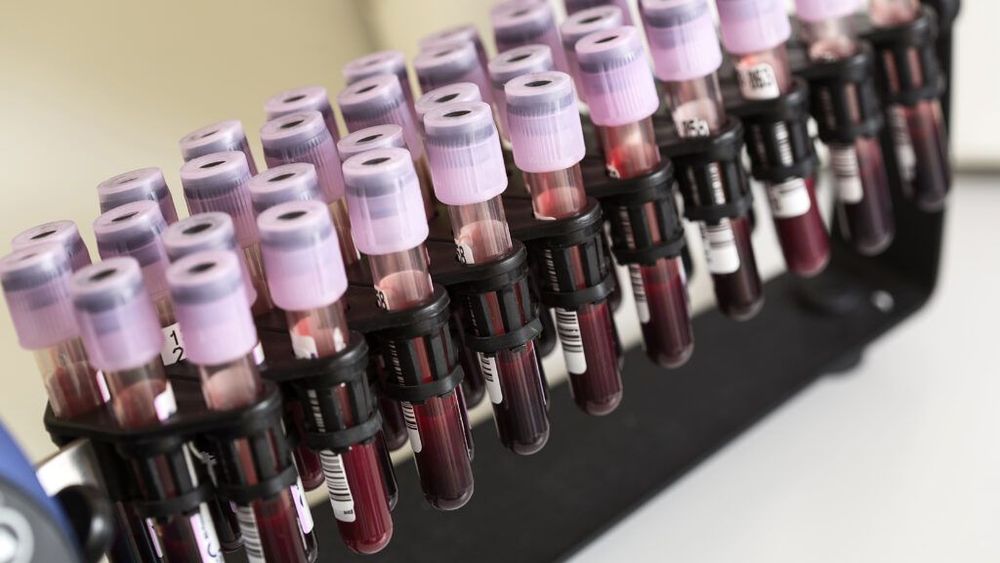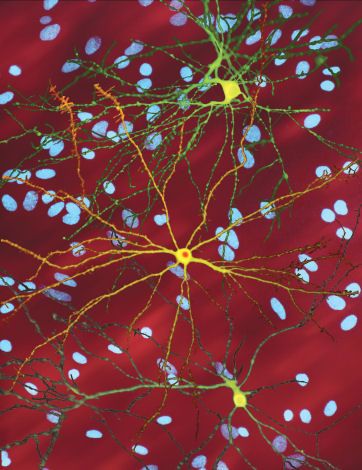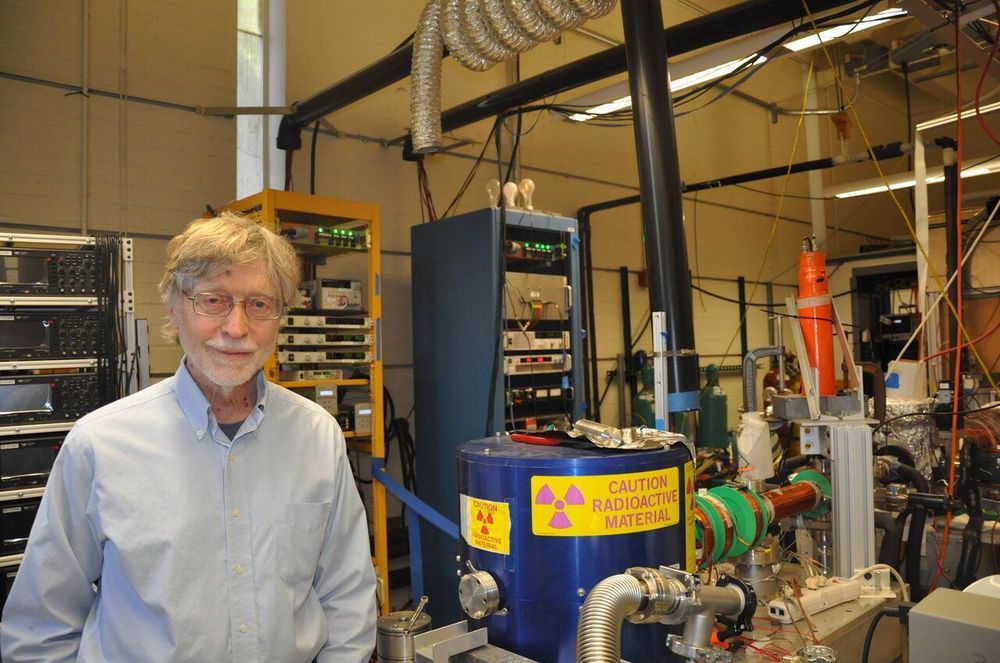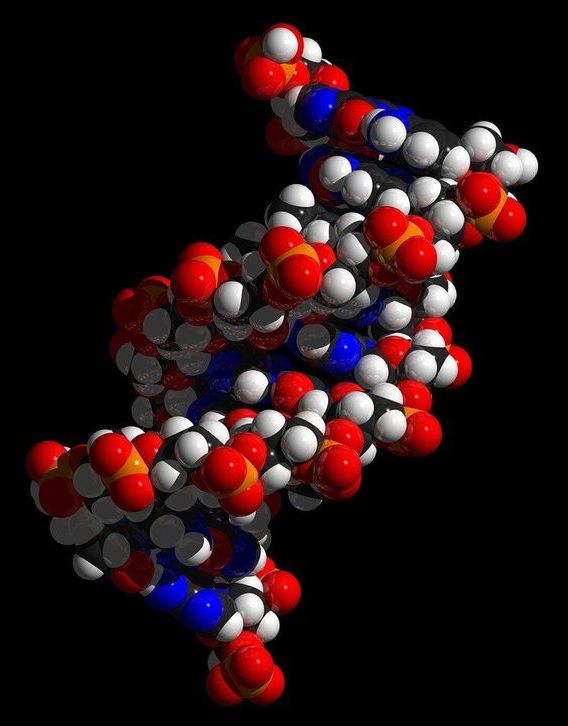Families with long, healthy life spans focus of $68 million grant~ via Washington University School of Medicine in St. Louis https://medicine.wustl.edu/news/families-with-long-healthy-l…ion-grant/
A few hundred of the thousands of proteins circulating in our blood turn out to be a fairly accurate forecaster of a person’s age, scientists reported Thursday — though one’s biological age, which doesn’t always match one’s number of years.
This “proteomic clock,” as the researchers call it, relies on measurements of levels of the proteins, which rise and fall over the years. While it’s a nifty discovery, for now it remains just that. Researchers need to first develop a much better understanding of these proteins; if they can, they said, it might be possible to one day look at their levels to gauge the success of drugs being tested in clinical trials, or even to develop a therapy from a cocktail of proteins that could act like a rejuvenation boost or improve health.
“Why are these proteins so tightly linked to aging?” said Tony Wyss-Coray, professor of neurology and neurological sciences at Stanford and the senior author of the paper4, which was published Thursday in the journal Nature Medicine.







